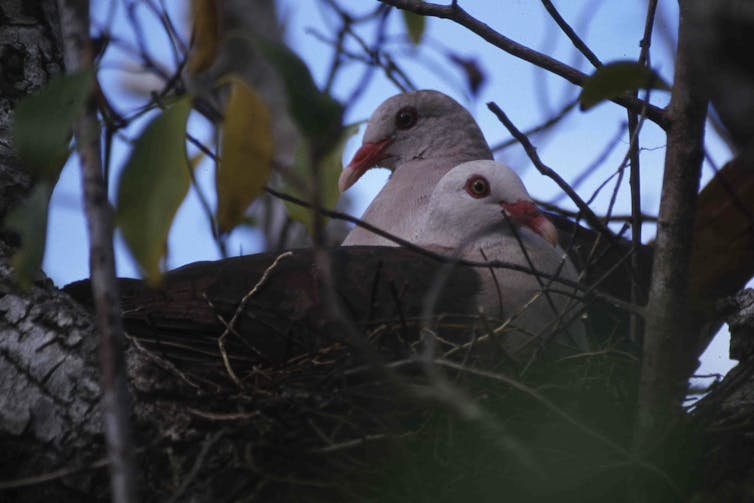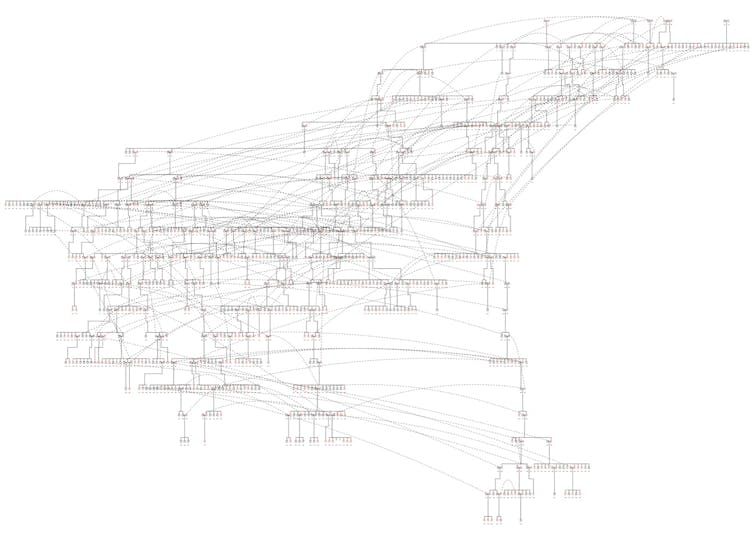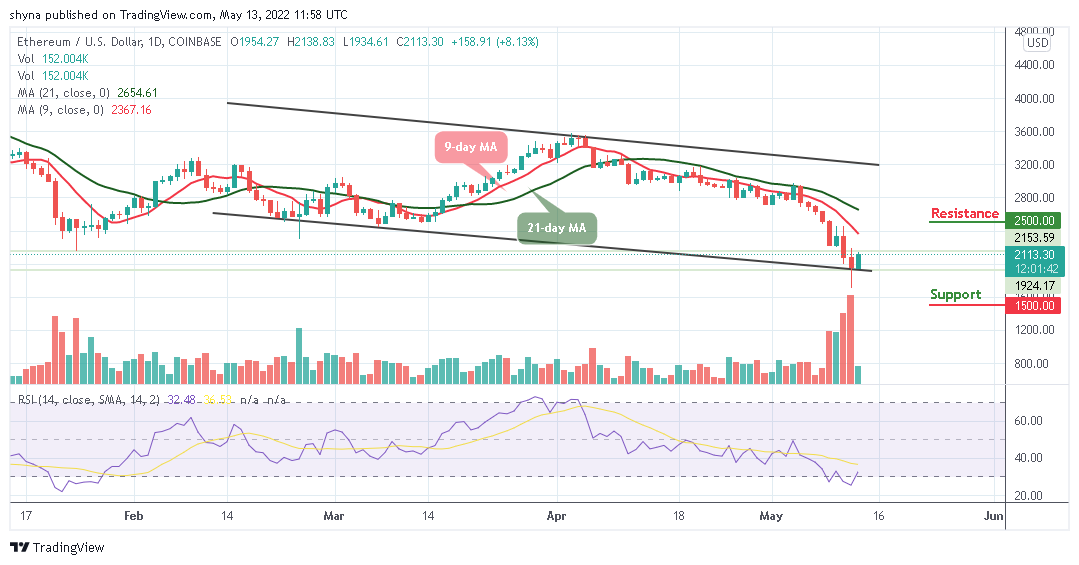[ad_1]
Again within the Eighties there have been simply ten or so pink pigeons left within the wild. Identified to scientists as Nesoenas mayeri, the species is discovered solely on Mauritius, the Indian Ocean island that was as soon as residence to the dodo. Just like the dodo, the pink pigeon made a simple goal for cats, rats and different predators launched by people, who additionally chopped down nearly all of their native forest. Not like the dodo, nevertheless, the pink pigeon has since made a outstanding restoration.
Fortuitously, the Mauritian Wildlife Basis had already taken 12 birds from the wild within the Seventies and 80s to ascertain a captive inhabitants. The offspring of those birds had been then launched through the Nineteen Nineties and early 2000s and there at the moment are no less than 400 residing within the wild. The species has even been formally down-listed twice, from “critically endangered” to “susceptible”.
Nonetheless, such a extreme inhabitants bottleneck can result in important “genomic erosion”, the place a species turns into much less genetically wholesome as so many animals are intently associated. To look at the precise influence, we labored with a workforce of scientists to sequence the DNA of 175 birds sampled between 1993 to 2010 through the interval of inhabitants restoration. Our outcomes at the moment are revealed within the journal Conservation Biology. Disappointingly, we discovered that the species continued to lose genetic range at the same time as general numbers elevated through the profitable conservation rescue programme. We speculated that the bottleneck will need to have modified one thing within the pink pigeon’s DNA.

Carl Jones, Writer offered
To grasp what induced this continued genetic erosion, we checked out knowledge on 1,112 pink pigeons in European and US zoos. This knowledge had been collected over 4 many years, and included every chook’s stage of reproductive success and longevity along with ranges of inbreeding calculated utilizing pedigrees. Based mostly on the connection between these components, we discovered the species carried a worryingly excessive “genetic load”.
The genetic load mainly consists of many recessive dangerous mutations which have the potential to scale back an animal’s capacity to breed. This may very well be seen, for instance, in a decreased variety of eggs that hatch, or the variety of younger that efficiently fledge the nest. Earlier than the pink pigeon bottleneck, the consequences of those mutations had been masked since there have been loads of wholesome genetic variants round to offset the dangerous ones. Nonetheless, small populations are far more susceptible to random fluctuations in genetic composition, making it doable for the dangerous mutations to have an impact.
Inbreeding also can trigger such mutations to turn into extra dangerous, if the offspring of two associated people inherit the identical dangerous mutation. When that occurs, the wholesome genetic variant not masks the dangerous impact of the mutation and the person could fail to hatch or fledge the nest. We consider that this induced the continued genetic erosion of the pink pigeon within the wild.
In the end, all 480 or so free-living birds are considerably associated to the ten that managed to outlive within the wild within the Eighties, and to the 12 that had been used to ascertain the captive-bred inhabitants. This has resulted in sluggish, extended inbreeding. In flip, this meant the pigeons had much less success hatching eggs and fledging, and didn’t dwell as lengthy.
Since solely the fittest pigeons had been more likely to hatch, fledge and reproduce, there have been fewer birds successfully contributing to the subsequent era (and genetic variation was misplaced), at the same time as their general numbers elevated. Consequently, the inhabitants continued to lose genetic variation regardless of rising in measurement.

Sam Converse and Harriet Whitford (pink pigeon studbook holder, Jersey Zoo), Writer offered
What we have now discovered from this research is that to ensure that the pink pigeon to keep away from extinction, we might want to reintroduce the offspring of birds bred in Jersey Zoo and different EU zoos. These pink pigeons harbour genetic range that has since been misplaced from Mauritius, and reintroducing them would cut back the extent of relatedness on the island.
Our research additionally exhibits that conservation can’t merely cease after a inhabitants appears to have recovered in numbers. We consider that genomic analyses are wanted to actually consider the conservation wants of a species and its restoration potential. This can not solely be completed by analysing inhabitants numbers. The info generated by the Earth Biogenome Undertaking goes to be instrumental in figuring out species most vulnerable to extinction. The mission goals to sequence two million or so species within the subsequent ten years. This knowledge won’t solely assist in our evaluation of biodiversity, however should even be used to information future conservation actions.
[ad_2]
Source link















